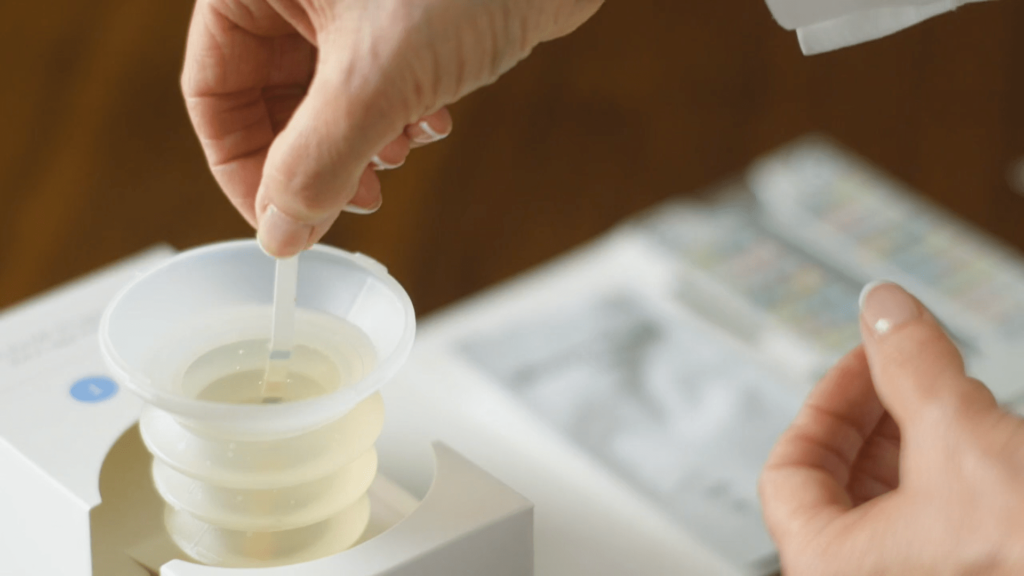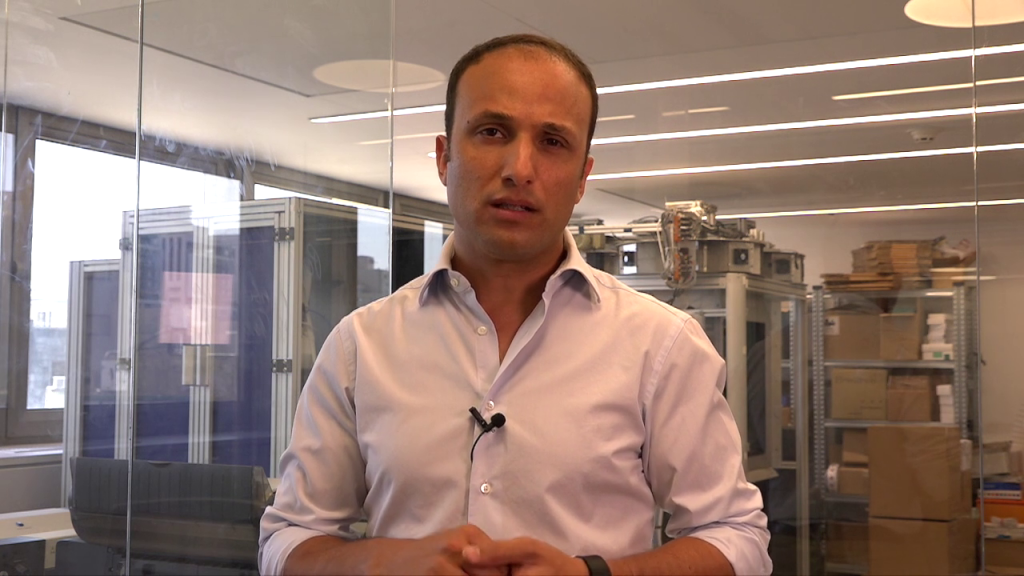This article was originally published in MedCityNews.
Healthcare has improved by leaps and bounds over the past decades. But for far too many people, access to quality care remains frustratingly out of reach, resulting in major health disparities across wide swaths of society. This is especially concerning for people with chronic conditions, such as diabetes and hypertension, that require regular monitoring and treatment.
The coronavirus pandemic has further raised the barriers to care, thereby contributing to the neglect of essential health. But the pandemic has also brought much-needed attention to how technology can help take those barriers down and bridge care gaps—by shifting healthcare to people’s homes.
Transportation and Geography
Every year, 3.6 million Americans do not receive medical care due to transportation barriers. The reasons are varied. Everything from the lack of a vehicle or the funds necessary to afford transportation, to a disability that limits one’s mobility, can result in people staying home and not receiving the care they need.
While some notable initiatives address the transportation barrier, such as utilizing ridesharing services to provide affordable transportation to medical appointments, sometimes care is simply not available within a reasonable travel distance.
To learn how remote care can help bring down additional barriers, including human behavior, the Fear of Finding Out, affordability, and the Covid-19 pandemic, click here to read the rest of this article at MedCityNews.






